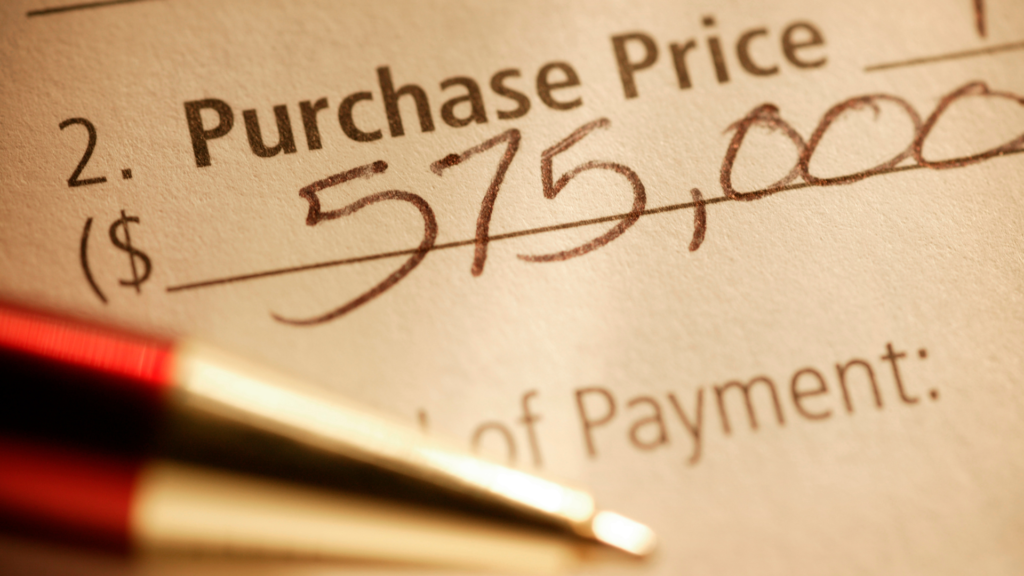Cap Rate and Price Calculation for Dentists: Mastering Real Estate Investment Fundamentals
As a dentist, while your primary focus is patient care, expanding your financial portfolio can be equally important. Real estate, particularly multifamily properties, presents an opportunity for robust wealth growth. This guide is specifically crafted for dental professionals, focusing on crucial real estate concepts including net operating income and cap rates. It also details the methods used to determine the purchase price of investment properties, ensuring dentists have the knowledge they need for informed investing.

Net Operating Income (NOI)
Let’s start with “Net Operating Income” or NOI. In real estate investment, understanding net operating income is crucial. The NOI of a property is its total annual income (typically rent payments) minus all operating expenses (excluding mortgage payments, depreciation, and taxes). Operating expenses include things like repairs, management fees, insurance, and utility costs. It’s important to make sure all costs are accounted for to ensure accuracy. It’s calculated as follows:
Net Operating Income = Gross Rental Income – Operating Expenses
For instance, if a property generates $200,000 in rental income per year, and the annual operating expenses are $50,000, the NOI would be $150,000.
What is Cap Rate?
Next is the cap rate, short for capitalization rate. When asked, “What is a cap rate?”, one can say it’s the ratio of NOI to the property purchase price, providing a measure of profitability. It’s represented as a percentage and calculated by:
Cap Rate = (NOI / Purchase Price) x 100
For example, if the NOI is $150,000 and the purchase price is $1,000,000, the cap rate is 15%.
How to Find Cap Rate for Dentists?
To find the average capitalization rate, or cap rate, for an investment can involve a variety of sources, each providing unique and beneficial insights. Here are some common methods:
-
Real Estate Agents/Brokers: Local real estate professionals usually have an understanding of cap rates in their specific market. They deal with these properties regularly and should be able to provide you with an accurate average cap rate for the specific type of property you’re interested in.
-
Commercial Real Estate Websites: Websites such as LoopNet, Zillow, Redfin, and Realtor.com are valuable resources that commonly list properties and their estimated cap rates. By leveraging these estimates, you can calculate an average cap rate for specific types of properties in your targeted area.
-
Real Estate Investment Publications: Publications such as the National Real Estate Investor, or platforms like CoStar, provide industry reports and data on cap rates in various markets.
-
Real Estate Investment Associations (REIAs) and Clubs: Local REIAs and investment clubs are great sources of information. Networking with other real estate investors can give you insights into local market trends and averages.
-
Real Estate Appraisers: Real estate appraisers actively gather extensive sales and rental data. Their expertise allows them to provide accurate cap rate information. They serve as a reliable resource for investors needing property value insights.
-
Commercial Real Estate Analysts and Consultancies: Real estate brokerage firms like CBRE, JLL, and Cushman & Wakefield frequently release detailed market reports that include cap rate data. These publications offer valuable insights into current market trends and investment potentials.
Please note that cap rates can vary significantly depending on the property type (e.g., multifamily, retail, industrial) and location. Therefore, when searching for average cap rates, it’s essential to ensure that you’re comparing properties that are similar to your potential investment.

Purchase Price Calculation For Dentists
Lastly, the question of “how to determine a real estate purchase price” often arises. While there are several methods, one commonly used in multifamily investing is the income approach, which utilizes the cap rate. The formula is:
Purchase Price = NOI / Cap Rate
Using our previous examples, if the NOI is $150,000 and the cap rate is 15%, the purchase price would be $1,000,000.
Grasping the concepts of cap rate and price calculation for dentists are vital for assessing the rewards and risks of property investments. These key insights lay the groundwork for dentists to broaden their investment strategies with multifamily real estate.
Enhance your proficiency in property investment evaluations by downloading our free guide, ‘Dentist Drilling For Success: Guide to Evaluating Multifamily Syndication Opportunities‘. It’s an essential tool for any dentist stepping into the real estate realm.
Make sure to perform detailed due diligence and seek expert financial advice for savvy investment choices. Embark on your path to financial growth armed with the right knowledge. Invest wisely!”
